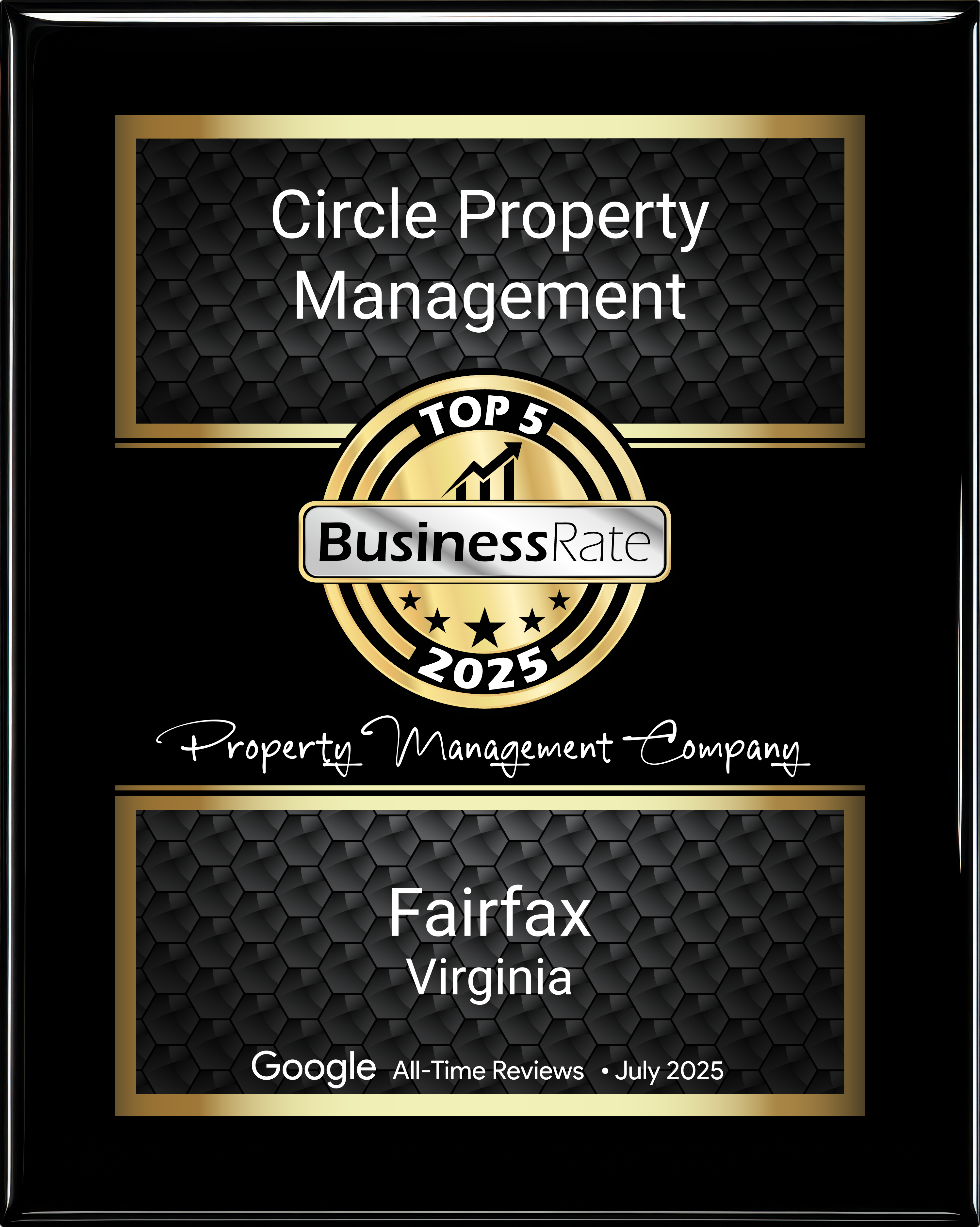
Your lease agreement with your tenants not only outlines the terms of their residency, but also legally protects you should an issue happen.
It’s important to be specific in your lease to avoid uncertainty and to make your agreement enforceable. What exactly should you include in your tenant residential lease agreement? Here are a few tips on what needs to be detailed.
Names of the Residents
The names of the person or people residing at your property should absolutely be on the lease. This means that unauthorized tenants should not be living at the address, and you can specify the amount of time that visitors can stay if you prefer.
Be sure to include the person’s or peoples’ full names to avoid ambiguity and to hold each person accountable for upholding the lease agreement.
The Length of the Lease
No lease should run for an unspecified amount of time. It’s fine if you or your tenants hope to renew the lease at the end of the term, but to protect yourself, be sure to include an end date on the agreement.
Your lease agreement could be month-to-month, or it could be yearly, or another time as determined by you. What’s important is that your tenant residential lease agreement has an end date, at which time you can either terminate the lease or give your current tenants the chance to renew.
Rent Amount and Additional Costs
The details on the amount of rent, including any deposits and fees, should absolutely be in the lease agreement. You should detail such amounts as:
The security deposit
Pet fees
Late fees for rent
Utilities, or whether or not these will be included in the rent and any related terms
It’s also important to include when these fees are due; for example, what date the rent is due every month, and when pet fees or late fees will be expected. Without these details in your lease, the terms won’t be enforceable.
Terms of Maintenance
How and when maintenance and repairs will be conducted will be important items to include in your lease agreement. You should detail what maintenance the tenants can expect you to perform as well as which tasks will be their responsibility, and how they can request maintenance from you.
Prohibited Activities
Your tenant residential lease agreement is a good place to include prohibited tenant activities, such as loud noise after a certain time, number of guests allowed in the apartment at one time, and even the use of certain chemicals.
You may also want to include parking restrictions or appropriate places to park. You can also detail whether the use of certain possessions are prohibited, such as charcoal grills or non-removable wall adhesive, along with the consequences.
Right of Entry
It’s important to detail when entry to the property by the landlord is allowed, whether as the result of an emergency or with reasonable notice. Your agreement should also include what defines reasonable notice as well as what defines an emergency.
Don’t Forget to Include the Address
You must describe the property being rented in the lease, otherwise, the lease simply isn’t enforceable. Including the address and apartment number is enough, although some landlords may choose to include a physical description for units such as basements or in-law suites.
Let Us Help You with the Details
Circle Property Management has been helping clients in the DC and Northern Virginia area ensure their leases are enforceable and include all necessary information to protect you and your tenants. Contact us today to learn more about our property management solutions at (703) 349-0144.
About The Author
 Eric Guggenheimer - SFR, ARM ® » Principal Broker, Certified Property Manager, IREM, ARM, NARPM, NVAR, NAR, VAR
Eric Guggenheimer - SFR, ARM ® » Principal Broker, Certified Property Manager, IREM, ARM, NARPM, NVAR, NAR, VAR

















